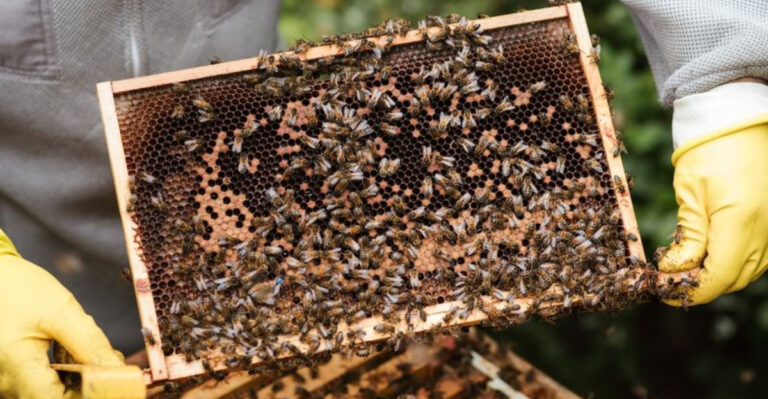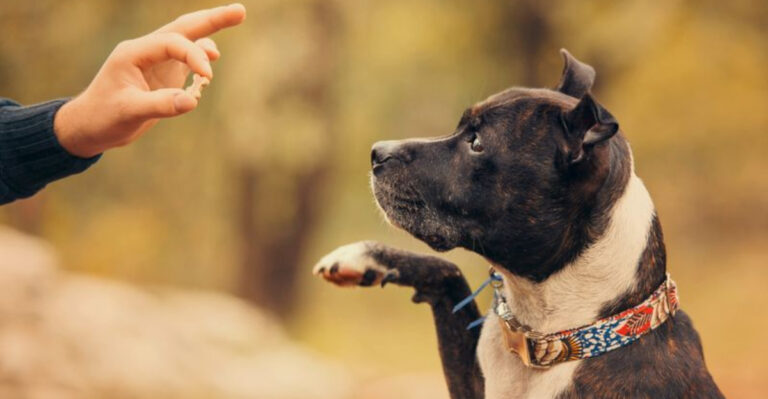14 Reasons Why Cows Moo And The Meaning Behind It
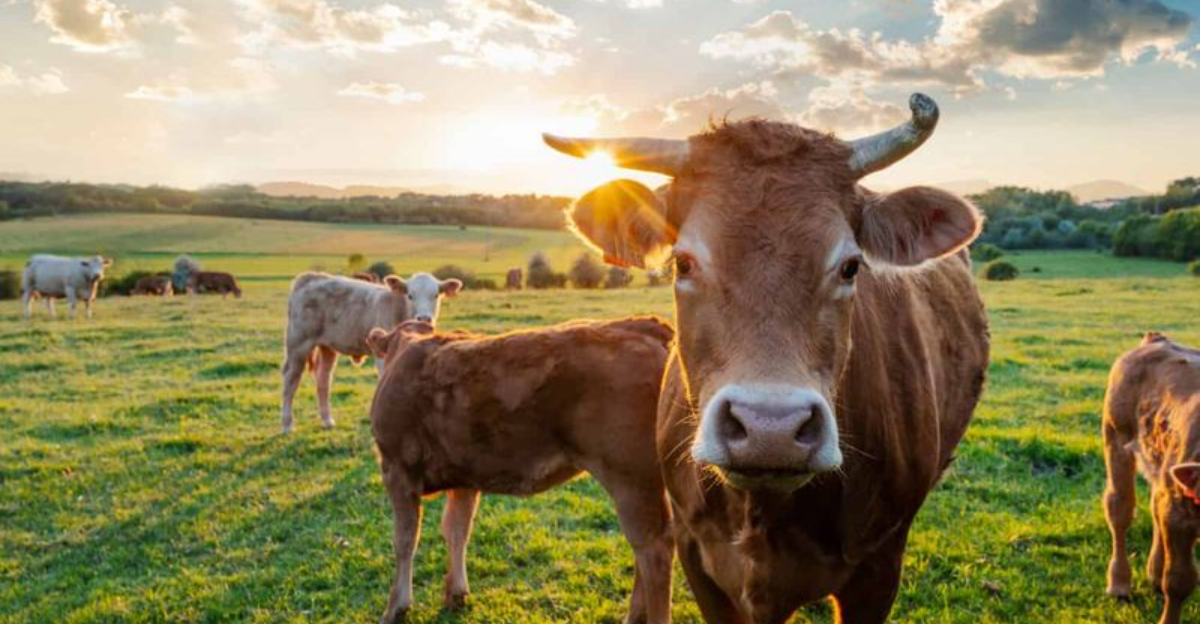
Have you ever wondered why cows moo? It’s not just a random sound they make.
In fact, cows have a whole language of their own, using mooing to express various needs, emotions, and situations. From communicating with their young to expressing discomfort, each moo carries a different meaning.
1. Communication With Calves
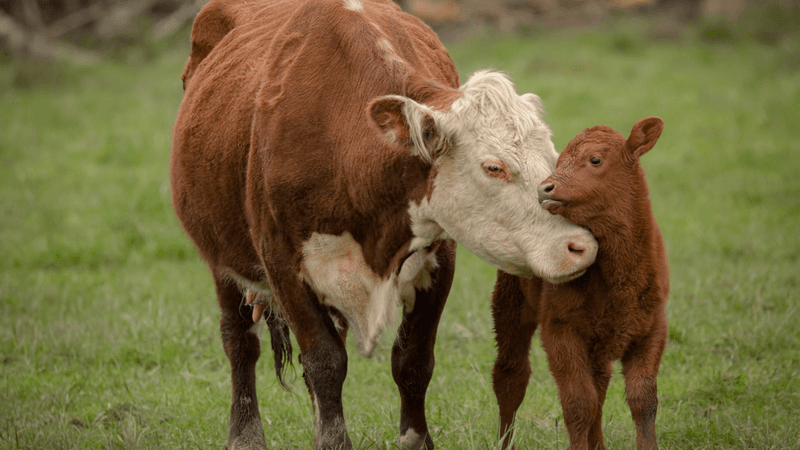
Ever notice how a mother cow’s moo can calm her calf? These moos are more than just sound; they’re motherly love in vocal form.
Calves recognize their mother’s voice and respond in kind, strengthening their bond. This gentle communication ensures the calf’s safety and well-being, especially in their early days.
2. Alerting To Danger
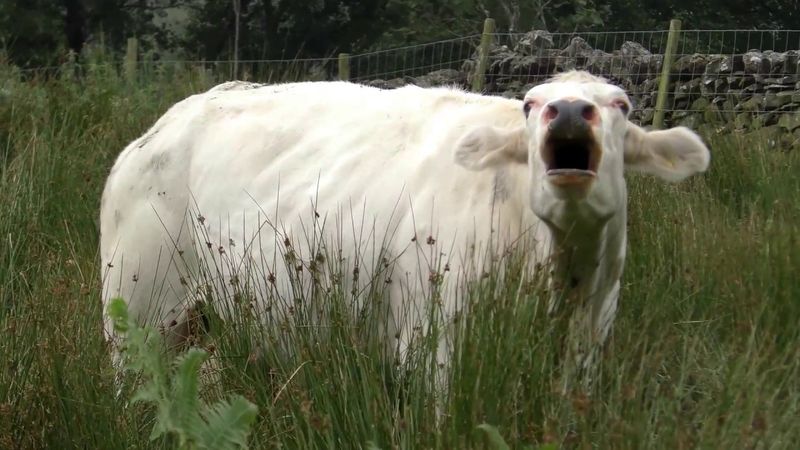
Did you know cows have a built-in alarm system? When danger lurks, their moos change into urgent, sharp calls.
This alert helps the herd stay safe by informing others of predators or threats. It’s a testament to their survival instincts and the importance of teamwork in nature.
3. Expressing Hunger Or Thirst
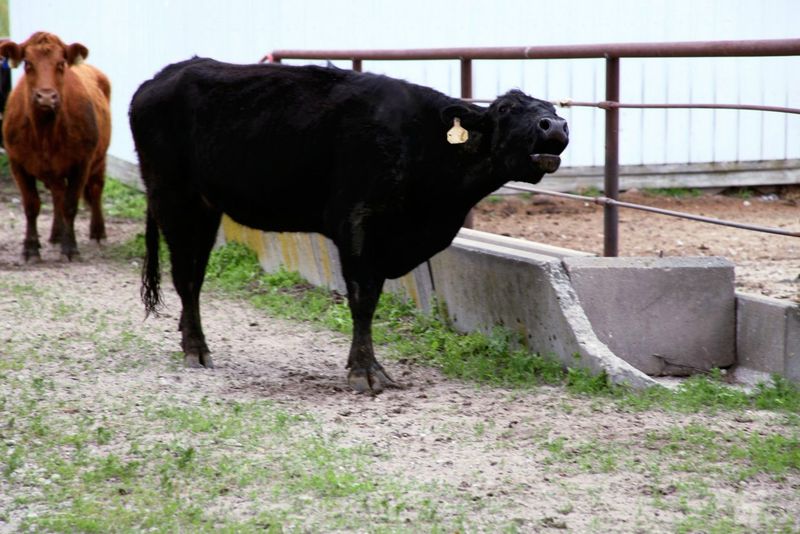
Feeling peckish? So do cows, and they let you know with a distinctive moo.
This sound is a clear call to the farmer, signaling that it’s chow time or that they need a drink. It’s their polite way of saying, “Hey, I’m hungry,” ensuring their needs are met promptly.
4. Seeking Attention From Other Cows
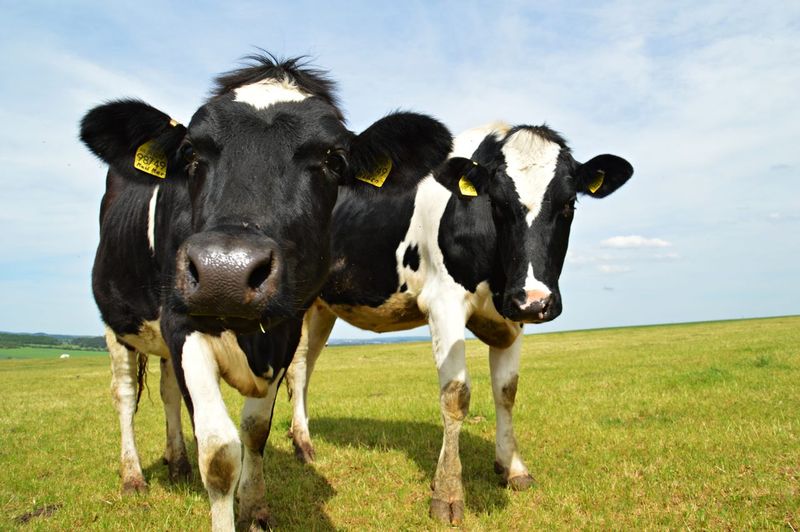
Ever hear a cow call out and wonder why? It’s often a social call, reaching out to fellow herd members.
These social moos strengthen bonds and maintain group cohesion. In a world where companionship matters, this call keeps their social circle alive and thriving.
5. During Mating Season
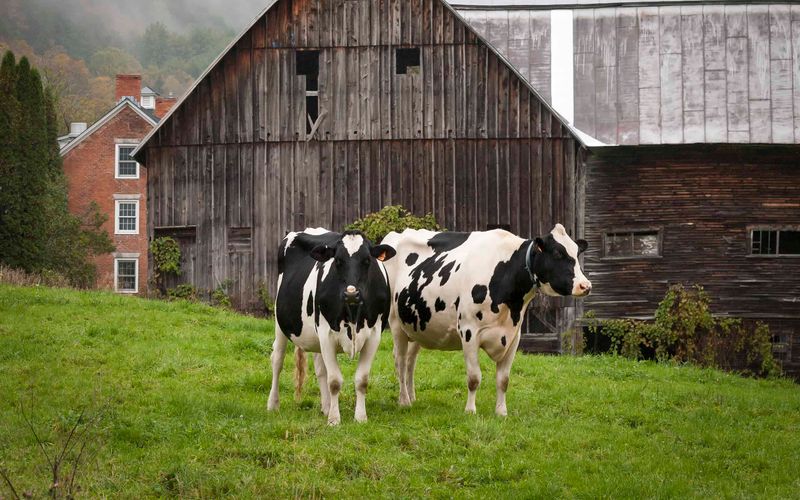
Love is in the air, and cows have a special moo just for that.
During mating season, their vocalizations become more pronounced and varied, signaling readiness to potential mates. It’s nature’s way of playing Cupid, ensuring the continuation of their lineage.
6. Expressing Discomfort Or Pain
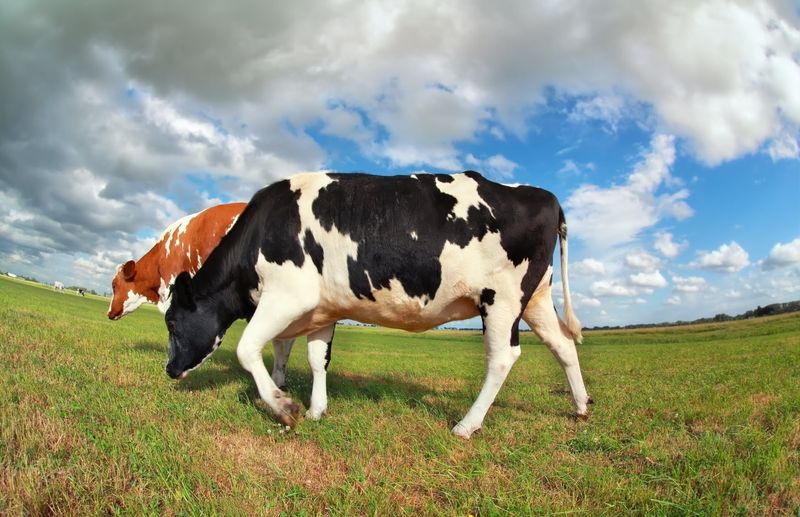
Cows aren’t shy about letting us know when they ache. A softer, more mournful moo can signal discomfort or pain.
Farmers recognize these moos and step in to provide care, ensuring the animal’s health and comfort.
7. When Separated From The Herd
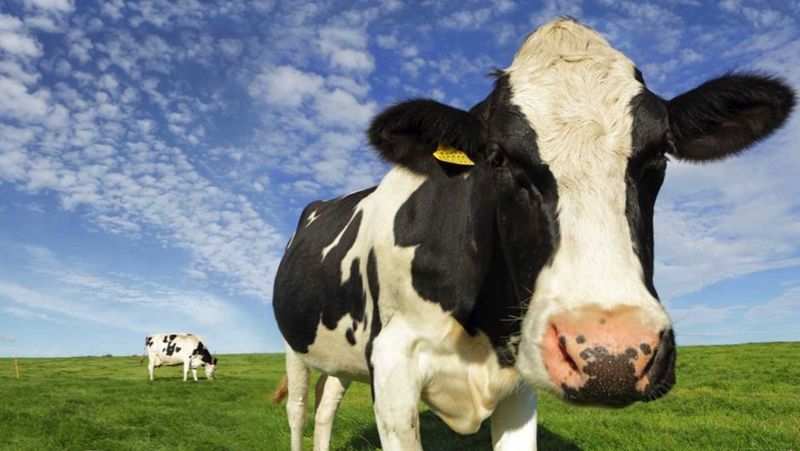
Feeling lonely? Cows do too. When separated from their herd, their moos become more frequent and louder.
It’s a call for companionship, reflecting their need for social interaction and the comfort of being among their own kind.
8. Recognizing Familiar Sounds
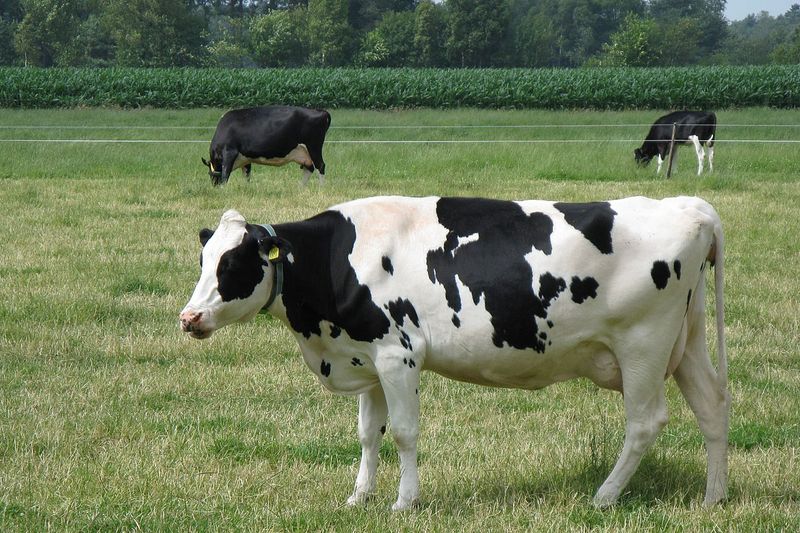
Cows have a knack for recognizing familiar sounds.
When they hear a known voice, their moo becomes a welcoming sound. It’s their way of acknowledging familiarity, reinforcing bonds with farmers or herd mates.
9. During Feeding Time
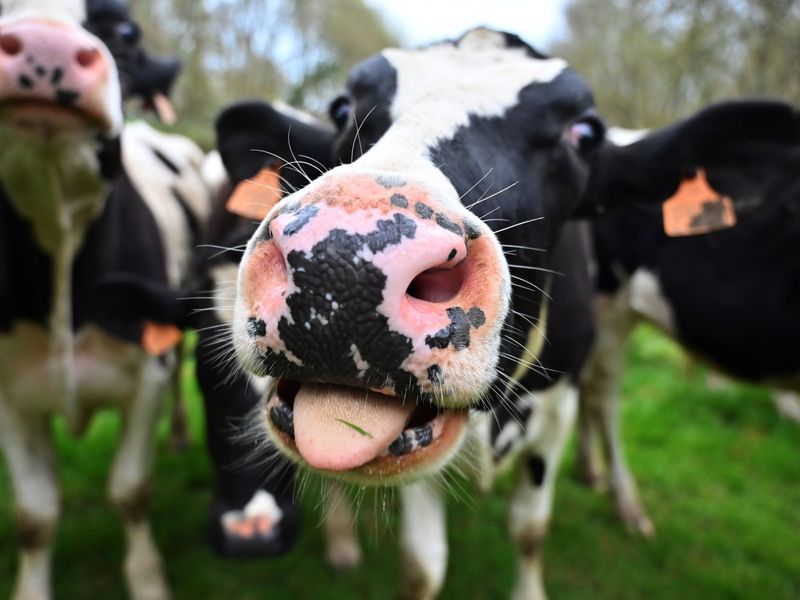
Who doesn’t get excited about food? Cows do too, and they can’t help but moo when it’s feeding time.
This anticipatory moo signals their eagerness, creating a lively atmosphere as they look forward to their meal.
10. Expressing Frustration Or Annoyance
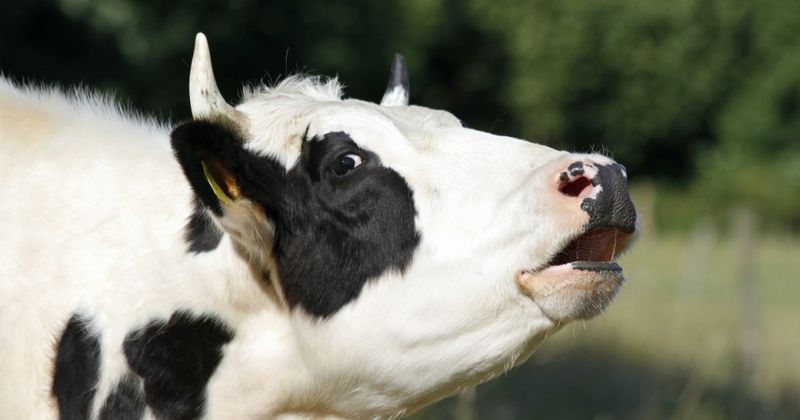
Even cows have off days.
When they’re frustrated or annoyed, their moos take on a different tone—perhaps sharper or more frequent. It’s their way of venting, showing that life’s not all grass and sunshine.
11. When Bored Or Restless
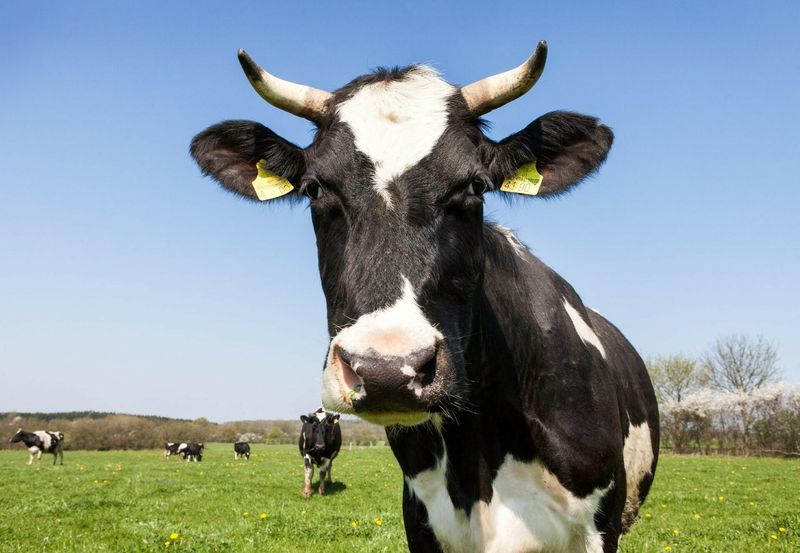
Ever felt trapped and restless? Cows do, especially when bored.
Their moos become a sign of their need for activity or change, reflecting their desire for mental and physical stimulation.
12. Indicating Social Status Or Dominance
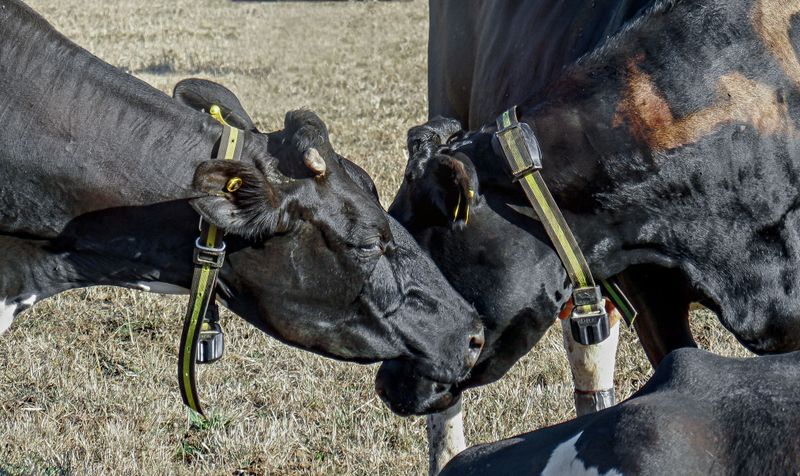
In the cow world, moos can indicate who’s boss.
These vocalizations assert dominance or social status. It’s a subtle yet effective way of maintaining order within the herd.
13. When Experiencing Environmental Stress
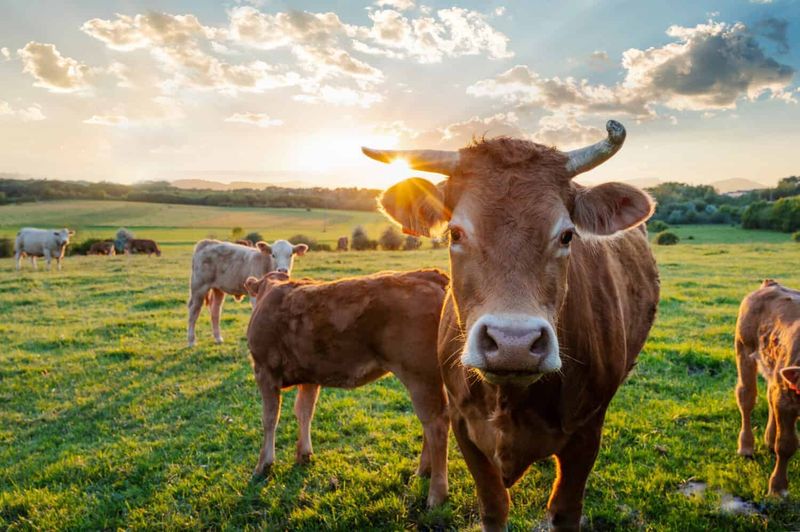
Weather got you down? Cows feel it too.
Their moos can reflect stress from environmental changes, like storms or unfamiliar settings. It’s a vocal clue to their discomfort, helping farmers respond to their needs.
14. During The Birthing Process
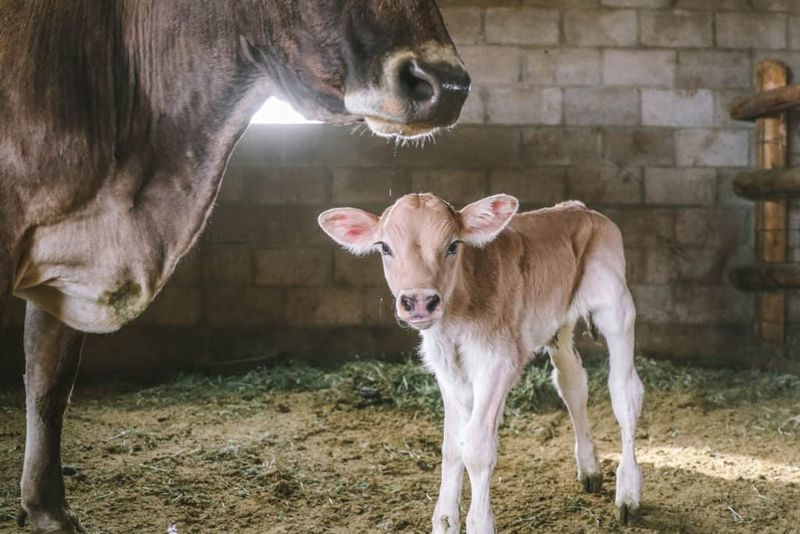
Birth is a monumental event, and cows express it vocally.
Their moos during labor communicate distress or signal the onset of birth. It’s a crucial part of the birthing process, alerting others and ensuring support is nearby.




